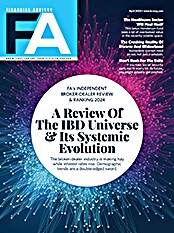"One of the new themes in markets is that (quantitative easing) has damaged the banks and that therefore it exacerbates the risk-off environment," said Steve Englander, managing director and global head of G10 FX strategy at Citigroup in New York.
Negative interest rates on central bank deposits and on government bond yields undermine the traditional ability of banks to profit from the difference between borrowing costs and lending returns.
With a decline of 18 percent on the year, S&P 500 financials are by far the worst performing sector in 2016.
While the Federal Reserve has avoided introducing negative rates on reserves, in Congressional testimony on Thursday, Fed Chair Janet Yellen told lawmakers that the Fed would look into negative interest rates if needed.
"I wouldn't take those off the table," she said.
Wasn't Energy The Problem?
Higher levels of U.S. oil output, thanks to fracking technology, along with over-production by Saudi Arabia, contributed to a world-wide oil glut, sparking a steep fall in energy and other commodity prices at the start of last year.
At $27 a barrel, oil prices are now near 13-year lows and some analysts say they expect to see prices drop further.
Tumbling oil prices resulted in sharp contractions in the economies of oil-producing countries, and pushed up yields on corporate debt, leading to defaults in the energy sector.
“Investors whose livelihood revolve around oil and gas and commodities are liquidating because they need the cash," said Stephen Massocca, chief investment officer at Wedbush Equity Management in San Francisco.








